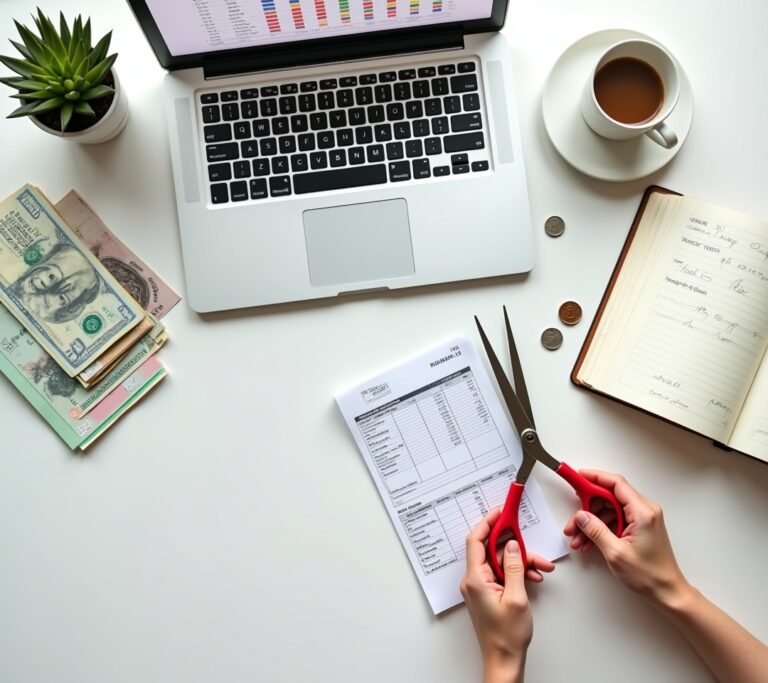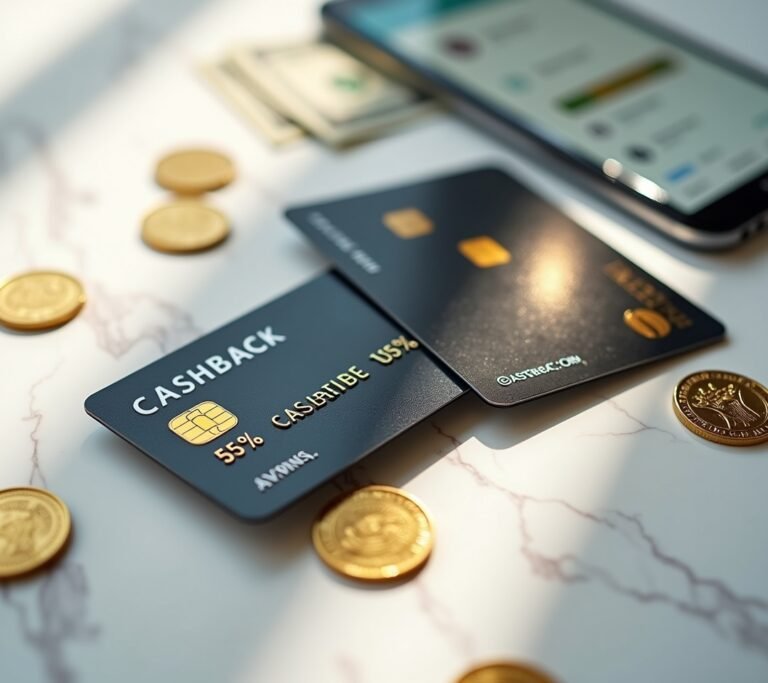Did you know that 56% of Americans can’t cover a $1,000 emergency expense? When I first read that stat, I felt a cold sweat break out. That used to be me, living paycheck to paycheck, praying my car wouldn’t break down.
Let me tell you about the time my water heater exploded at 2 AM on a Tuesday. Water everywhere, kids crying, and me standing there in my boxers googling “emergency plumbers near me.” The $1,800 repair bill nearly broke me financially AND emotionally!
That disaster changed everything for me. Now I sleep like a baby knowing I’ve got a solid 90-day emergency fund tucked away. Trust me, building this financial cushion isn’t just smart – it’s absolutely life-changing.
What Exactly Is a 90-Day Emergency Fund?

So here’s the deal – a 90-day emergency fund is basically three months worth of your essential expenses saved up. We’re talking rent/mortgage, utilities, food, insurance, and minimum debt payments. Not your Netflix subscription or weekend brunch money (though I get it, brunch is life).
I remember being confused about this at first. My buddy Dave told me to save three months of my salary, but that’s not quite right. You only need to cover your must-pay bills, which for most folks is way less than their full income.
For example, my monthly essentials run about $3,500, so my 90-day fund target is $10,500. Yours might be higher or lower – everyone’s situation is different, ya know?
Why 90 Days Instead of the Standard 3-6 Months?
Okay, so financial gurus usually recommend 3-6 months of expenses, right? Here’s why I’m specifically pushing for that 90-day sweet spot. It’s enough to handle most emergencies without being so daunting that you never start.
When I first tried saving six months of expenses, I got overwhelmed and gave up. Sound familiar? But 90 days felt doable. Plus, according to the Bureau of Labor Statistics, the average job search takes about 5-6 weeks, so three months gives you plenty of cushion.
The beauty is once you hit 90 days, you can always keep building if you want. But at least you’ve got that solid foundation first.
How I Built My Emergency Fund (Even Though I Was Broke)
Real talk – when I started, I had like $47 in savings. Not exactly emergency fund material! But here’s what worked for me.
First, I opened a separate high-yield savings account. Out of sight, out of mind, you know? I use Ally Bank because their rates don’t suck, but there’s tons of good options out there.
Then I got ruthless about finding money to save:
- Sold a bunch of crap on Facebook Marketplace (made $800 from old electronics)
- Picked up a side hustle delivering food on weekends
- Did a “no-spend month” challenge (harder than it sounds!)
- Automated $50 per week transfers so I wouldn’t even notice
- Put my entire tax refund straight into the fund
The automated transfers were huge for me. Even just $50 a week adds up to $2,600 a year! Sometimes I’d forget about it completely, then check my account and be like “Whoa, when did I save all this?”
The Mistakes That Almost Derailed My Emergency Fund
I’m gonna be honest – I screwed up a lot along the way. My biggest mistake? Using my emergency fund for non-emergencies. That new PS5 was NOT an emergency, despite what my brain tried to tell me at midnight.
Another dumb move was keeping the money too accessible. I had it in my regular checking account at first, and surprise surprise, it kept disappearing. Moving it to a separate bank made a huge difference.
Oh, and I tried to save too aggressively at first. I’d transfer like $500 one month, then have to pull it back out for groceries. Small, consistent amounts worked way better than these dramatic gestures.
When Should You Actually Use Your Emergency Fund?

This is where people get confused, myself included. What counts as a real emergency? Here’s my personal criteria now.
True emergencies are:
- Job loss or major income reduction
- Medical emergencies not covered by insurance
- Critical home repairs (like that exploding water heater)
- Essential car repairs if you need it for work
- Family emergencies requiring travel
Not emergencies: vacation deals, Black Friday sales, or your cousin’s destination wedding in Cabo. Been there, justified that, regretted it later.
Your Next Steps to Financial Peace of Mind
Look, I know building an emergency fund feels impossible sometimes. But you know what feels worse? Being one car repair away from financial disaster. Trust me on this one.
Start small if you need to – even $10 a week is progress. Open that separate savings account today, set up automatic transfers, and watch it grow. Your future self will thank you when life throws its next curveball.
Remember, this isn’t about perfection. It’s about protection. Customize these tips to fit your life, but whatever you do, just start. That 90-day cushion has given me more peace of mind than any purchase ever could.
Ready to take control of your finances? Check out more money-saving strategies and financial tips at Budget Hackers. We’re all about making personal finance actually personal – and way less boring than your typical money blog!




[…] opportunities are out there waiting. For more money-saving tips and income ideas, check out other posts on Budget Hackers. We’re all about helping you make and save more money without the boring […]